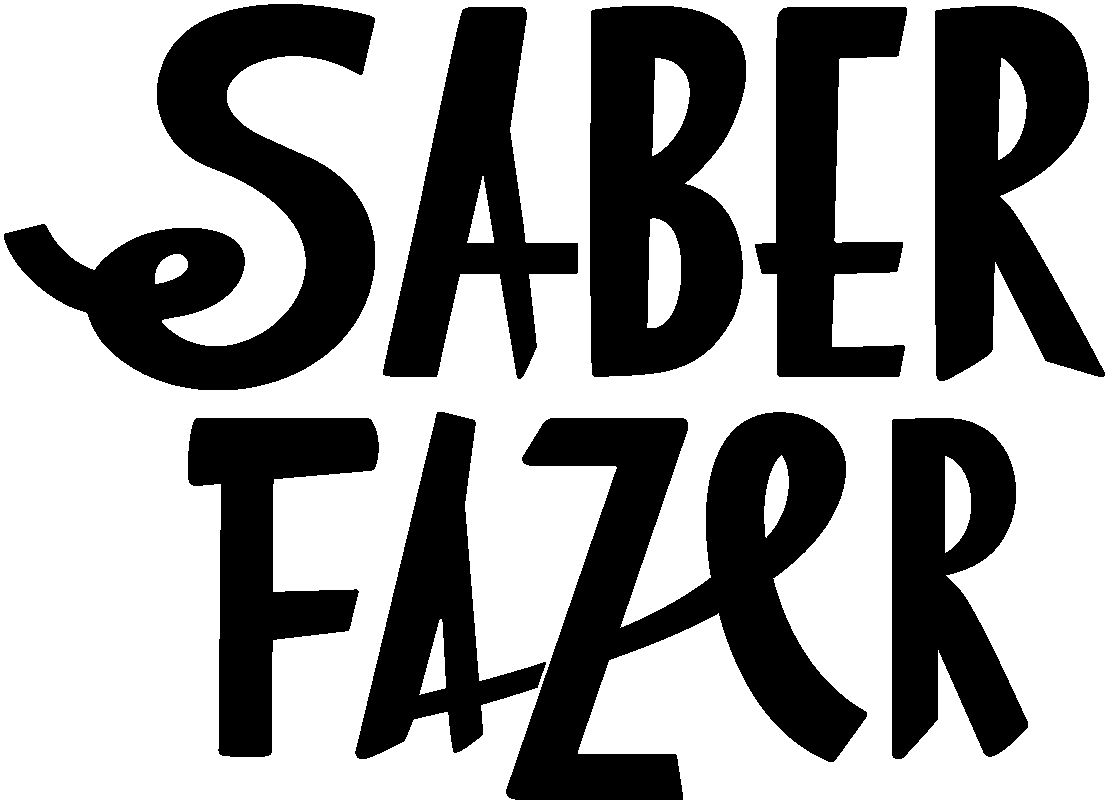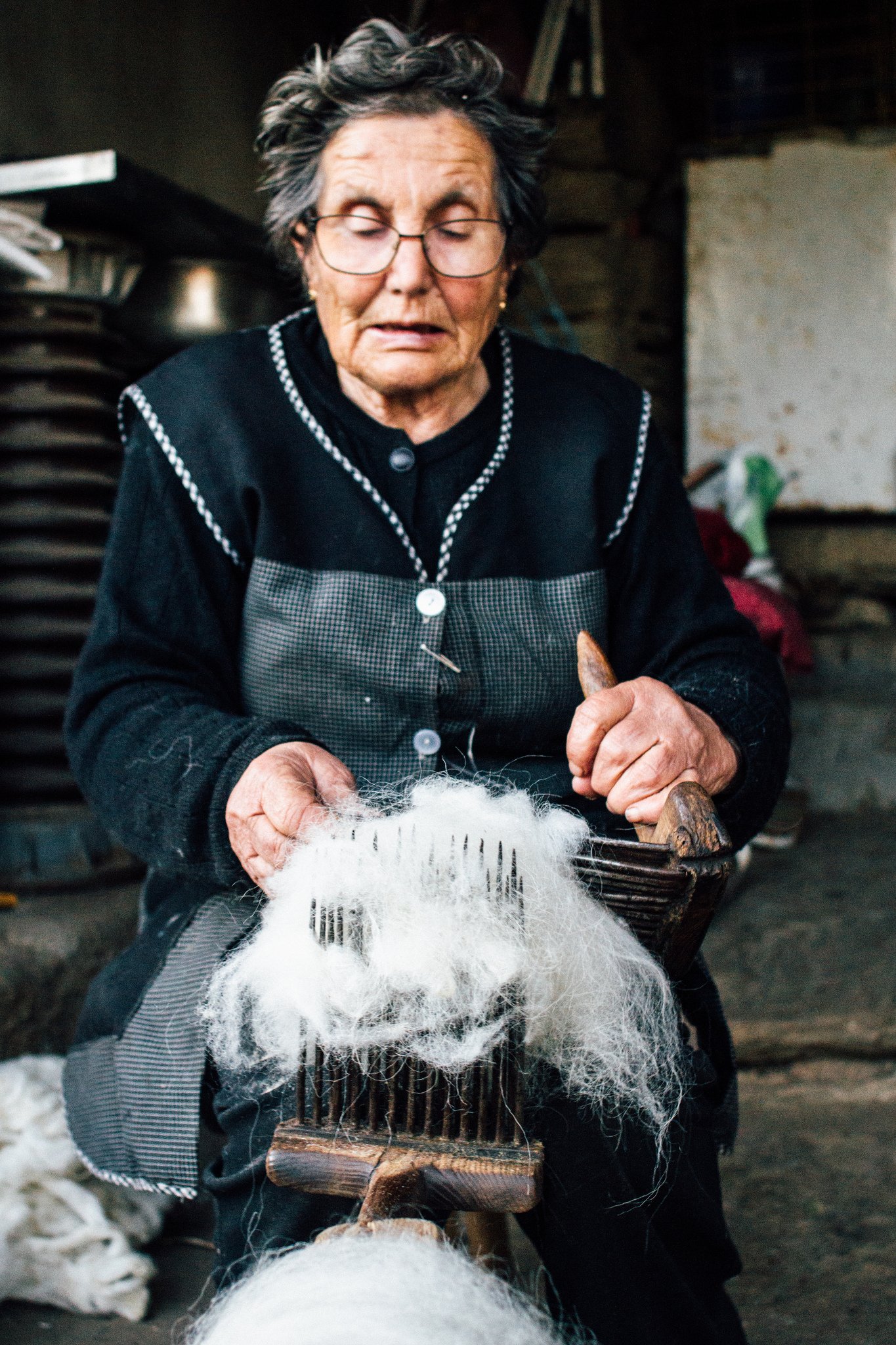Combing wool in Trás-os-Montes
It was January 2019 when I took these pictures! Over a year ago! This blog has been completely abandoned, despite the abundance of material to feed it. Mea culpa, or not so much, because the workload has increased and the time to communicate has been lacking.
Around this time, Isabel Sá invited me to give a workshop on Portuguese wool and wool work in Vimioso. In return, I asked her to take me around Miranda, more specifically to visit someone who used the famous wool combs from Miranda do Douro to prepare wool for spinning.
Context: In Portugal it is not common to comb wool, except in some areas of Trás-os-Montes. It is more common to prepare the fibers for spinning by carding.
In Miranda, there has always been a strong local tradition of using Churra Mirandesa wool, which, being of the churro type, naturally has longer fibers that require more combing than just carding.
As combing separates the longer fibers from the shorter ones, the logic is to comb the longer fibers to make the most of them for top quality yarns, those that you want to be more resistant and/or finer, and the shorter fibers can be carded for less lustrous, less resistant, less regular yarns (for weaving, for example).
I know that there are combs all over the Trás-os-Montes region, specifically wherever there is long wool, because I have heard from people who have combs like this in their family, and not just in Miranda. That's why I hesitate to call it a Mirandese comb. I prefer to think of it as a wool comb from Trás-os-Montes.
Things that catch the eye of anyone who combs wool regularly (but with mini-combs) are the size and aggressiveness of Ti Paula's! There are smaller ones, but it's out of the ordinary to see a pair designed for serious combing. No messing around.
The other thing, and the most interesting for me, is the universality of the combing technique that Ti Paula uses. It's the same one I use (and I didn't learn to comb in Portugal), and it's also the same one that anyone who combs wool in the world uses, in most cases.
In Miranda do Douro or on the other side of the world, wool is combed in essentially the same way and something as simple as this makes us understand that despite cultural differences, human beings face the same challenges and end up with the same solutions.
It's beautiful.



















